Gum Curettage
An Important Step for Your Dental Health
Gum diseases, if left untreated, can lead to serious health issues. Gum curettage is an effective method commonly used in the treatment of gum diseases. This procedure, which is part of periodontal treatments, aims to clean the inflammation, infections, and bacteria in the gum tissues. At LHC Clinic, we offer the most suitable treatment methods to ensure you maintain healthy gums. In this article, we will explain in detail what gum curettage is, how it is performed, who it is suitable for, and post-procedure care.
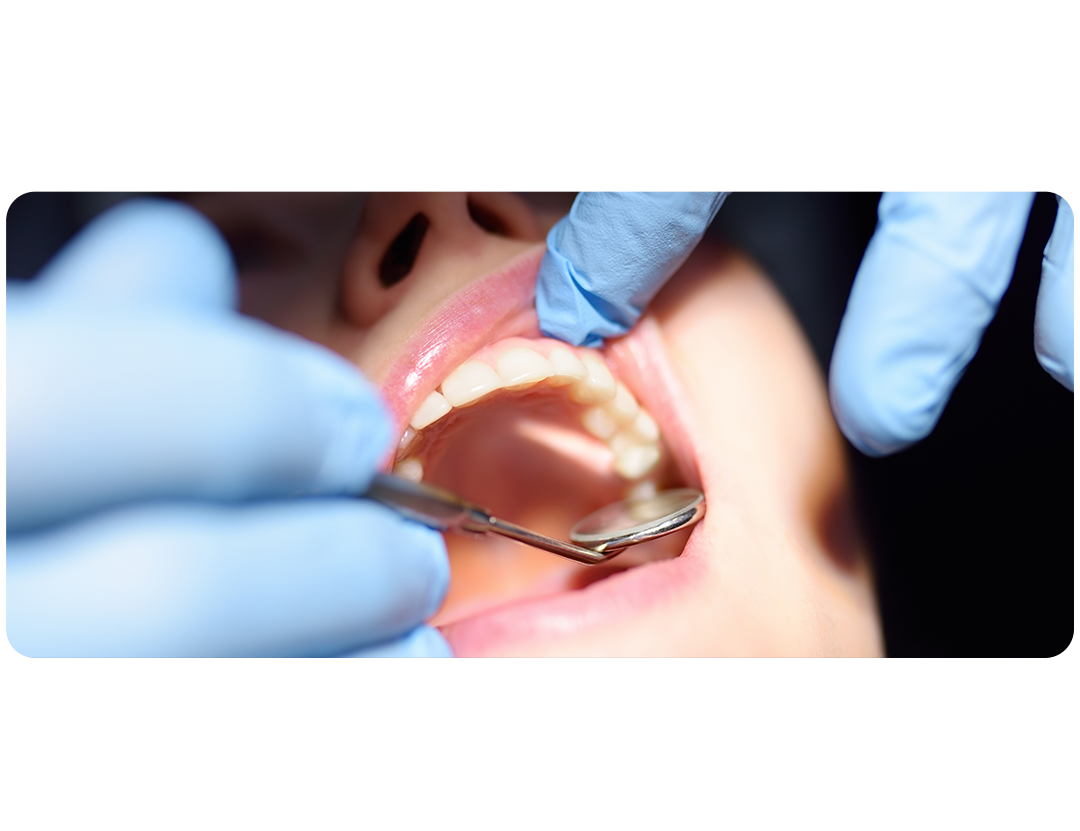
What is Gum Curettage?
🦷 Gum Curettage: A Non-Surgical Treatment for Gum Diseases
Gum curettage is a non-surgical procedure performed to treat gum diseases. This treatment involves cleaning away plaque, tartar, and infected tissue from beneath the gums. Gum diseases often start with symptoms like redness, bleeding, and swelling in the gums, but if not treated, they can lead to serious consequences, including tooth loss. Gum curettage not only helps treat gum diseases but also protects the surrounding bone tissue.
Why is Gum Curettage Done?
🦷 The Main Reasons for Performing Gum Curettage
- 1. To Eliminate Gum Inflammation: Conditions like gingivitis, which cause swelling, redness, and bleeding in the gums, can be treated with curettage by cleaning the inflamed tissue.
- 2. To Reduce Periodontal Pockets: Gum recession can create pockets between the gums and teeth, which are ideal environments for bacterial growth. Curettage cleans these pockets, preventing the disease from progressing.
- 3. To Maintain Oral Hygiene: Curettage is used to clean areas that are hard to reach with regular brushing and cleaning, eliminating plaque and tartar buildup.
- 4. To Protect Teeth and Gums: This procedure helps keep your gums healthy, reducing the risk of tooth loss.
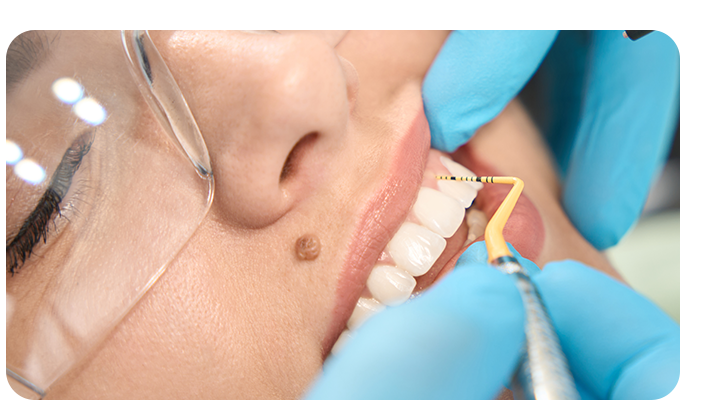
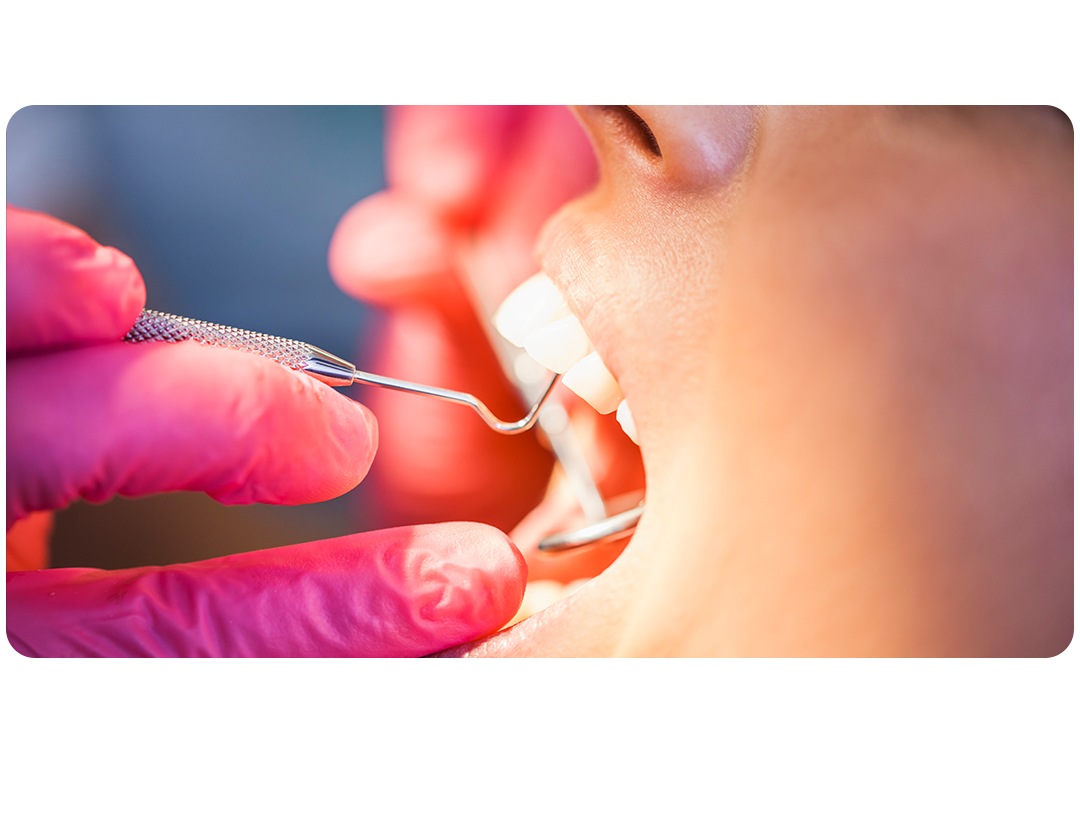
How is Gum Curettage Performed?
🦷 Gum Curettage Procedure
- Examination and Assessment: The dentist evaluates the severity of the gum disease and measures the depth of periodontal pockets. X-rays may be taken if necessary.
- Curettage Procedure: The dentist uses specialized curettage instruments to remove plaque, tartar, and infected tissue from beneath the gums. This process ensures that the tooth roots are thoroughly cleaned and bacteria are removed.
- Sterilization and Care: After the procedure, the gums are cleaned with antiseptic solutions, and the dentist provides recovery instructions.
Who is Gum Curettage Suitable For?
- Advanced Gum Diseases: If gum disease has progressed to severe tissue recession and inflammation, curettage can be an effective treatment.
- Gum Recession and Pocket Formation: For those with gum recession and the development of periodontal pockets, curettage helps clean these areas and prevent further bacterial growth.
- Patients Struggling with Oral Hygiene: For those who find it difficult to clean deep areas of their mouth where plaque and tartar accumulate, curettage can be used to eliminate buildup.

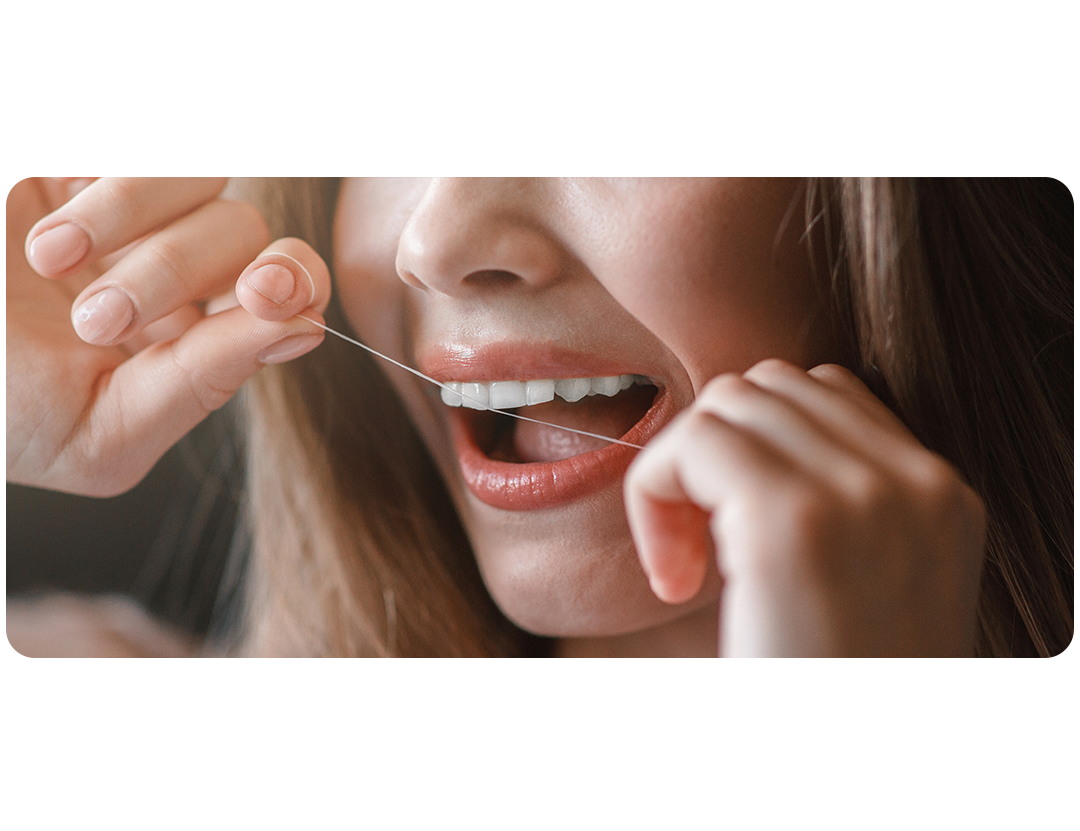
Post-Curettage Care and Considerations
🩺 Aftercare Tips Following Gum Curettage
- Maintain Oral Hygiene: Use a soft-bristled toothbrush to gently clean your teeth. Continue using dental floss but be cautious around the treated areas.
- Review Your Diet: Avoid spicy, acidic, and hard foods, as these can irritate the gums and slow down the healing process.
- Follow Your Dentist’s Instructions: Take any prescribed medications as directed and keep your follow-up appointments with your dentist.
Is Gum Curettage a Safe Procedure?
🦷 Safe and Professional Gum Curettage at LHC Clinic
Gum curettage is a safe and effective procedure when performed by a skilled dentist. At LHC Clinic, we use modern dental techniques to ensure patient comfort and safety during the procedure. While mild sensitivity may occur afterward, this usually resolves quickly.
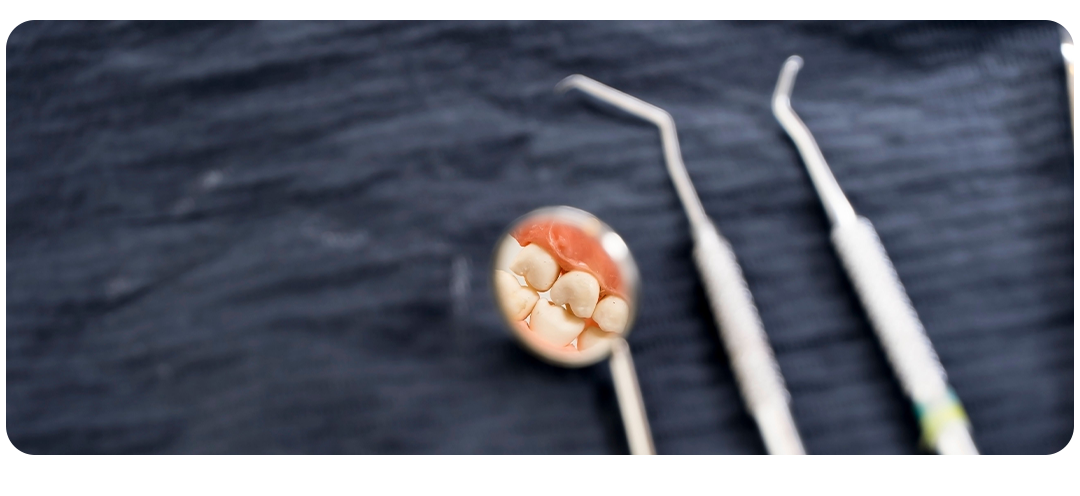
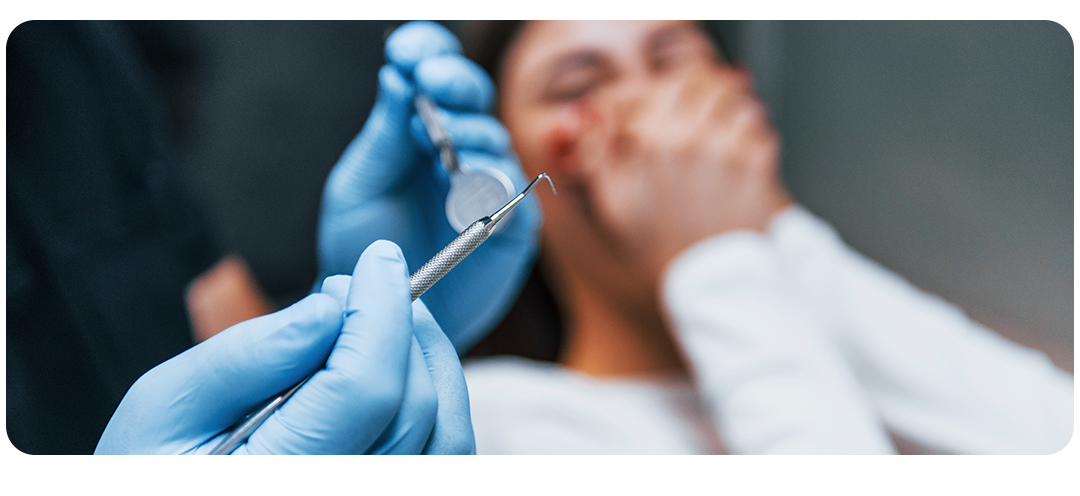
Is Gum Curettage a Permanent Solution?
🪥 Long-Term Success with Gum Curettage
Gum curettage provides long-term benefits when combined with good oral hygiene. However, if poor oral care and unhealthy habits persist, the gum disease may recur. Regular dental checkups are essential to maintaining the results of the treatment.
Conclusion
🦷 Take the First Step Toward Healthier Gums
Gum curettage is an important step in treating gum diseases. By removing harmful bacteria from the gums, it helps restore a healthy oral structure. Not only does it protect your dental health, but it also prevents serious consequences such as tooth loss.
At LHC Clinic, we provide professional services to help you maintain healthy gums and benefit from the best treatment methods. If you are experiencing gum problems, don’t hesitate to visit us for detailed information and to schedule an appointment. Remember, with regular dental care and checkups, you can achieve and maintain healthy gums!
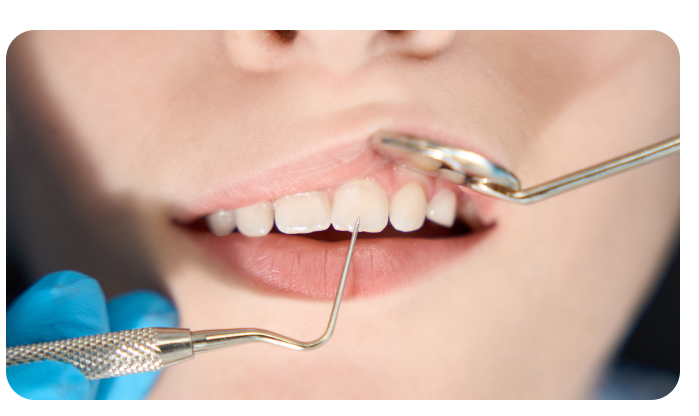
Frequently Asked Questions
Pregnancy can affect oral health due to hormonal changes, increasing the risk of: • Gum inflammation (pregnancy gingivitis) • Pregnancy tumors (harmless overgrowths on gums) • Enamel erosion from morning sickness Maintaining regular brushing, flossing, and safe dental check-ups during pregnancy is crucial for both mother and baby’s health.
Facts:
• Frequent sugar intake feeds bacteria in the mouth, producing acids that erode enamel
• Even natural sugars can contribute to decay if oral hygiene is poor
Myths:
• Only candy causes cavities—actually, starchy foods and sweetened drinks can be just
as harmful
• Brushing right after eating sweets prevents cavities—it's better to wait 30 minutes to
avoid brushing softened enamel
Causes of Tooth Stains:
• Foods and drinks like coffee, tea, red wine
• Tobacco use
• Aging and enamel thinning
Whitening Methods:
• Professional in-clinic whitening treatments
• Over-the-counter whitening products (less effective for deep stains)
Professional methods offer faster, more noticeable, and longer-lasting results.
After a root canal treatment:
• Expect mild tenderness, which usually subsides in a few days
• Avoid hard or chewy foods until the tooth is fully restored with a filling or crown
• Maintain oral hygiene, being gentle around the treated tooth
Regular dental follow-ups ensure the long-term success of the treatment.
Effects of Smoking on Oral and Dental Health Smoking adversely affects oral health by: • Increasing the risk of gum disease • Delaying healing after dental procedures • Causing bad breath and staining teeth • Elevating oral cancer risk Quitting smoking improves oral health and the success of dental treatments.
